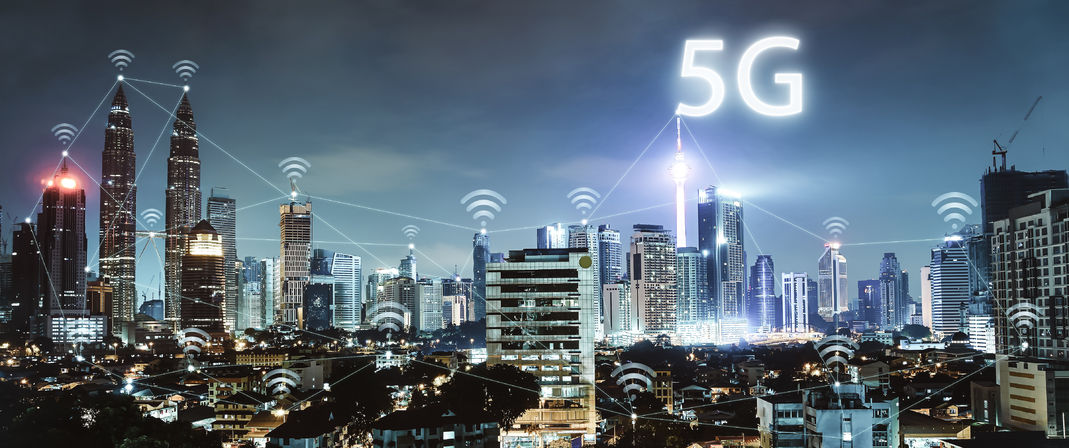 With the faster and more power efficient 5G wireless network approaching, companies are compelled to upgrade their networks, yet the expense to do so is projected to be enormous and ROI is difficult to project.
With the faster and more power efficient 5G wireless network approaching, companies are compelled to upgrade their networks, yet the expense to do so is projected to be enormous and ROI is difficult to project.
Still, one industry may see 5G in a different light: the Internet of Things.
Our connected IoT world began more than 10 years ago, and since then we’ve seen an explosion of connected devices, the equivalent of several hundred devices per person, at home and within factories, retail stores, cars, and many other aspects of life.
By 2022, overall IoT spending is expected to reach $1.2 trillion in 2022, says IDC.[1]If IoT can sustain its strong growth trajectory, 5G is likely well worth the cost and effort.
IoT Needs Wireless Power to Keep Growing
For decades, sensors have been used in factories to measure product temperature, count and monitor production, and ensure quality; it’s only recently that they have started being a network device with connectivity that enables greater flexibility of deployment, monitoring, and proactive maintenance.
In the next 10 years, we can expect to see the number of IoT devices triple to afford us greater safety, security, and health, and 5G should be able to provide close-range, high speed of a large number of devices as well as to long distances, while providing incredible data rates.
The only thing missing? Power.
If all these millions of devices come with a battery, we’ll never be able to keep up with buying and replacing them. Running cables is simply not an affordable option either.
If 5G is designed for M2M communication, it also requires wireless power to function successfully.
Wireless Power Is Critical for the Future of IoT
As more technology tools like 5G enter the market, IoT will have more opportunities to expand on features, products, and quality. “For 2020, the installed base of Internet of Things devices is forecast to grow to more than 75 billion worldwide.”[2]
Batteries and wires may be a feasible solution to power IoT now, but as the sheer volume of IoT rises globally, it will be virtually impossible to keep up.
Wireless power is critical for IoT growth. Wireless power that is delivered continuously and automatically over a distance without the need for line of sight to all of a businesses’ chosen devices -- even if they are in motion -- will enable the use of more IoT without concern for battery management or battery failure.
With wireless power supporting IoT and M2M growth, 5G becomes worth the effort and cost.
[1] https://www.idc.com/getdoc.jsp?containerId=prUS43994118
[2] https://www.statista.com/statistics/471264/iot-number-of-connected-devices-worldwide/






